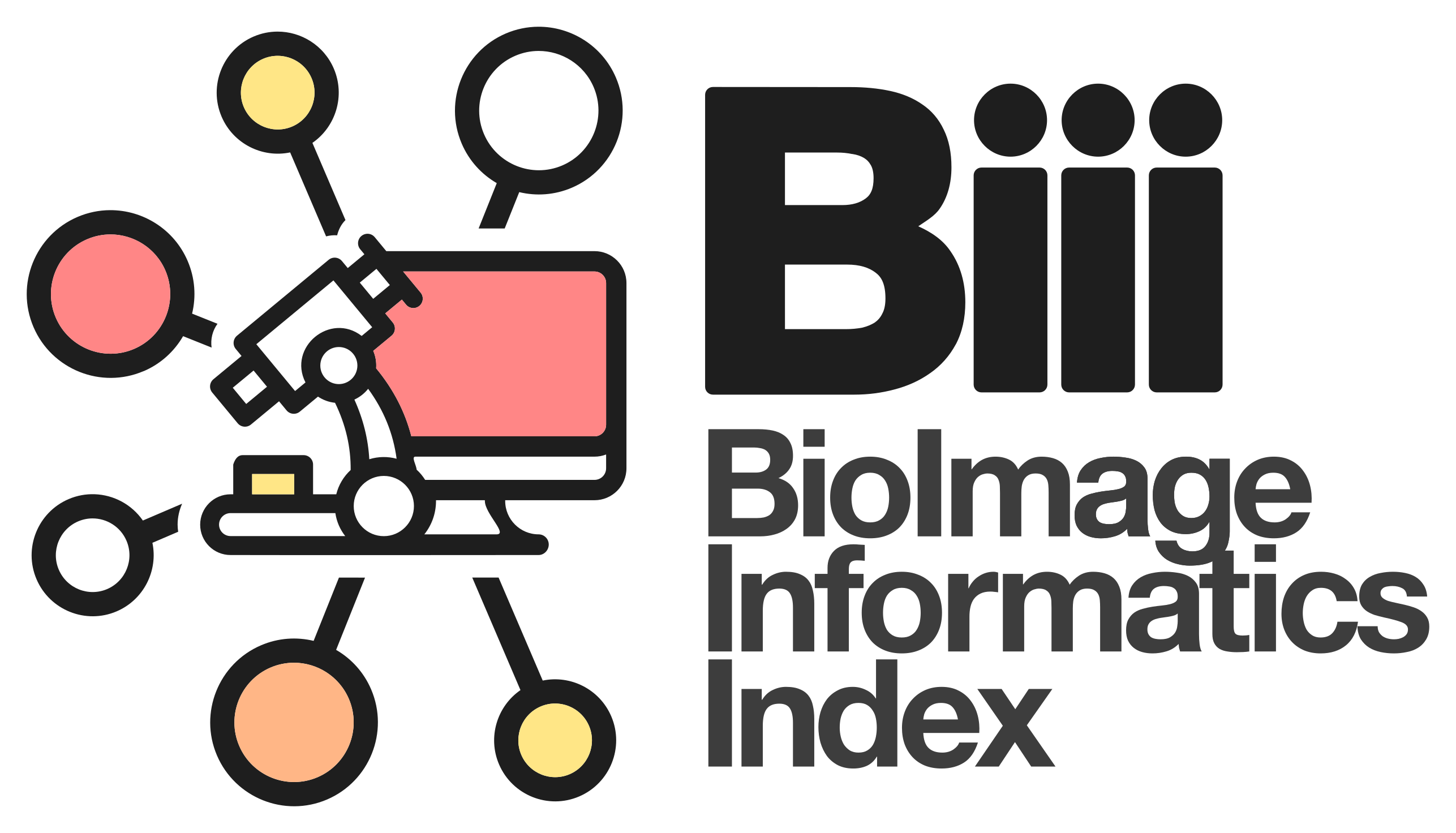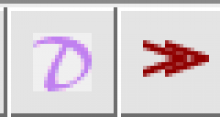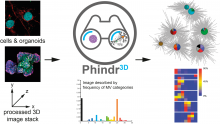Customizing ImageJ
These slides give an introduction to user interfacre customization in ImageJ using ImageJ Macro and to ImageJ Macro Markdown.
Big thanks to Jerome Mutterer (IBMP) and Nicolas De Francesco (IMBICE) who shared material openly I reused when making these slides.
Supplementary material is available as well under this doi: 10.5281/zenodo.4561714
- Read more about Customizing ImageJ
- 123 views


